Rob MacKillop
Edinburgh Correspondent
On Sunday I shot a roll of XP2 with the Canon AE1P. I used an orange filter, and changed the ISO or ASA to 200 instead of the recommended 400. I did this as an experiment, just to see what would happen. Well, nothing disastrous happened, the world didn't end, and all the shots came out pretty well. But I'm curious about what really actually happened. I have a few questions:
1. Is changing 400 to 200 pulling or pushing?
2. Is this the recommended action when using a filter? My thinking is that the filter would darken the exposure, and choosing ISO 200 would lighten it, balancing it out. Is this right? The point being that the filter would bring more detail to clouds, for instance, while the shift of ISO would preserve a "middling" exposure.
3. Should I have asked the Kodak Shop, who developed it, to compensate for my ISO choice? If so, what should I have said, and what effect would that have had on the outcome?
4. What would have happened if I had changed the ISO to 800 or 3200?
5. Why does the manual for the AE1-P tell me not to put film in when the shutter-speed dial is on Program (i.e. auto)? I forgot this proscription, doing exactly what it told me not to do, and the world didn't end.
6. Here are two of the shots that didn't come out as well exposed as the others. The first, a car, is reproduced here exactly as it came out:

In the second, I used Nik Silver to open up the shadows, as I was sure there should have been a student walking in the shadows, and here he is:

He was completely in the dark originally.
So, has this anything to do with the use of the filter and the shift of ISO to 200?
7. Can you change the ISO for different shots in the same roll of film? If you suspected there might be problems with detail in the shadows, should you change the ISO to 800 or higher, just for that shot?
Any comments appreciated.
@Hamish Gill @Brian Moore and @anyone else!
1. Is changing 400 to 200 pulling or pushing?
2. Is this the recommended action when using a filter? My thinking is that the filter would darken the exposure, and choosing ISO 200 would lighten it, balancing it out. Is this right? The point being that the filter would bring more detail to clouds, for instance, while the shift of ISO would preserve a "middling" exposure.
3. Should I have asked the Kodak Shop, who developed it, to compensate for my ISO choice? If so, what should I have said, and what effect would that have had on the outcome?
4. What would have happened if I had changed the ISO to 800 or 3200?
5. Why does the manual for the AE1-P tell me not to put film in when the shutter-speed dial is on Program (i.e. auto)? I forgot this proscription, doing exactly what it told me not to do, and the world didn't end.
6. Here are two of the shots that didn't come out as well exposed as the others. The first, a car, is reproduced here exactly as it came out:

In the second, I used Nik Silver to open up the shadows, as I was sure there should have been a student walking in the shadows, and here he is:

He was completely in the dark originally.
So, has this anything to do with the use of the filter and the shift of ISO to 200?
7. Can you change the ISO for different shots in the same roll of film? If you suspected there might be problems with detail in the shadows, should you change the ISO to 800 or higher, just for that shot?
Any comments appreciated.
@Hamish Gill @Brian Moore and @anyone else!
